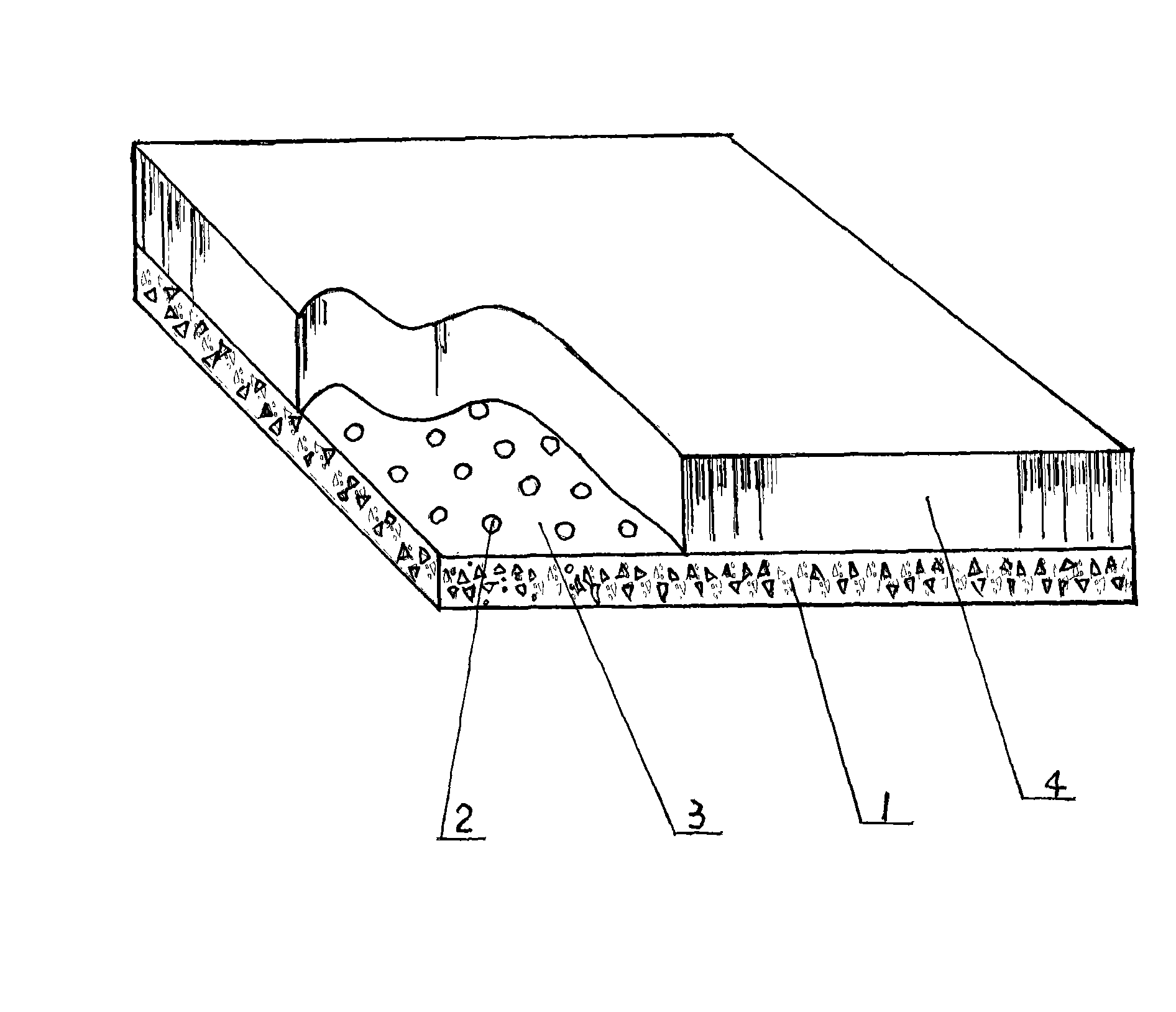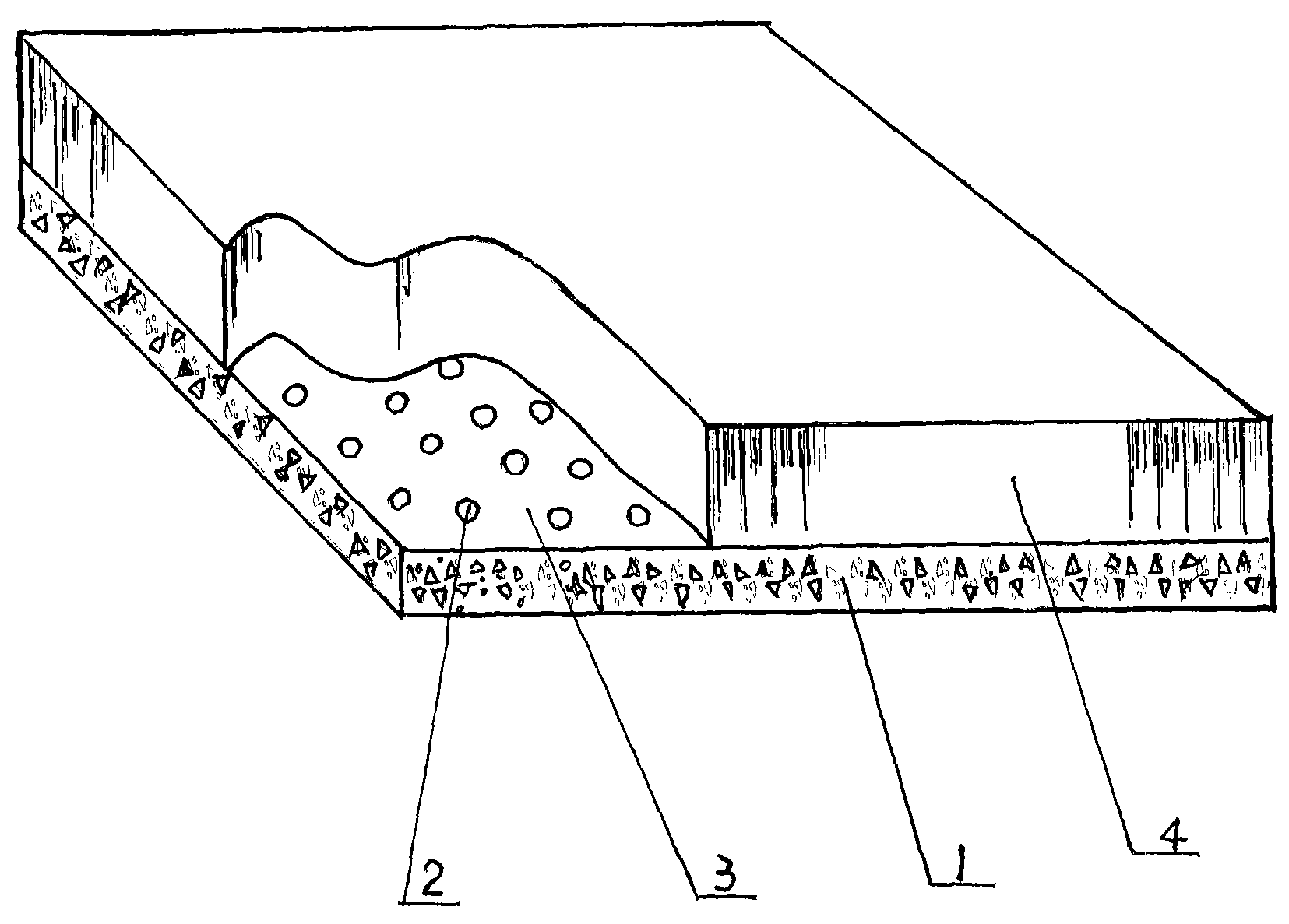Greening technique for improving clay soil in drought areas
A technology for clayey soils and regions, which is applied in the afforestation field of improving clayey soils in arid areas, can solve the problems of high requirements on topographical conditions, complex construction techniques, and high project cost, and achieve the goal of short construction period, strong operability, and low cost Effect
- Summary
- Abstract
- Description
- Claims
- Application Information
AI Technical Summary
Problems solved by technology
Method used
Image
Examples
Embodiment Construction
[0024] The 6 processes of the technical process:
[0025] 1. Dig out the original soil
[0026] That is to say, for the land that needs to be transformed, the original soil shall be dug to a certain depth according to the need, and the depth shall be reached and the bottom surface shall be flat. The excavated original soil should be transported away in time to prevent mixing with foreign soil.
[0027] 2. Bedding gravel
[0028] At the bottom of the pit where the original soil has been dug out, the gravel layer is first laid, and it is required to achieve thickness, uniformity and flatness. The average particle size of the gravel is not less than 2mm, and uniform particle size is not pursued.
[0029] 3. Spread geotextile
[0030] Lay a layer of geotextile on the gravel layer, which is required to be flat and free of wrinkles.
[0031] 4. Geotextile drilling
[0032] Make (hot) holes on the matted geotextile, the number of holes is 8-12 per square meter, and the diameter ...
PUM
 Login to View More
Login to View More Abstract
Description
Claims
Application Information
 Login to View More
Login to View More - R&D
- Intellectual Property
- Life Sciences
- Materials
- Tech Scout
- Unparalleled Data Quality
- Higher Quality Content
- 60% Fewer Hallucinations
Browse by: Latest US Patents, China's latest patents, Technical Efficacy Thesaurus, Application Domain, Technology Topic, Popular Technical Reports.
© 2025 PatSnap. All rights reserved.Legal|Privacy policy|Modern Slavery Act Transparency Statement|Sitemap|About US| Contact US: help@patsnap.com


